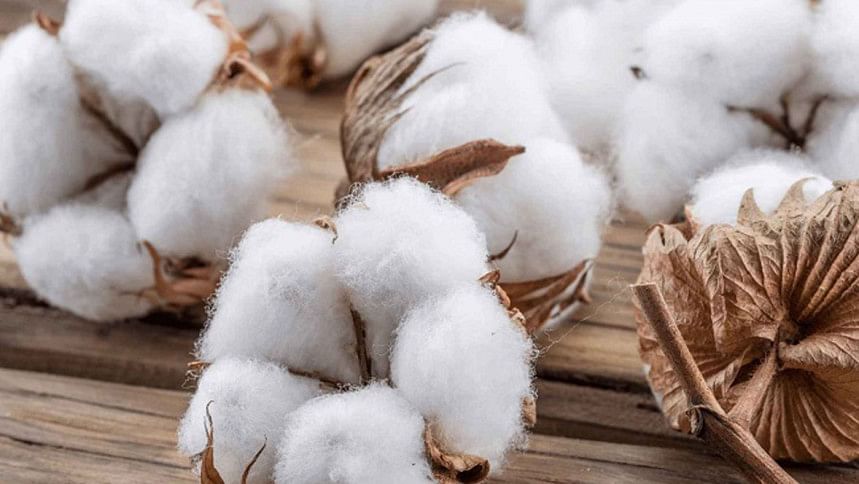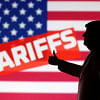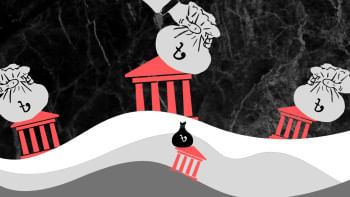Made with US cotton? Pay less at US customs

Bangladesh is likely to benefit from reduced US tariffs on garment exports under a new clause that incentivises the use of American materials, potentially enhancing the country's competitiveness in the US market.
Under a recent executive order issued by President Donald Trump on Friday, US customs will apply a tariff rate only to the non-American portion of a product's value, provided that at least 20 percent of its content is sourced from the United States.
For example, a T-shirt valued at $10 that includes 20 percent US content will face a tariff of $1.60 instead of $2, as the 20 percent tariff -- the rate imposed on Bangladesh -- will be calculated only on the $8 non-US portion.
"This offers a unique opportunity for Bangladesh to cut export costs to the US and strengthen our position in the market," Mahmud Hasan Khan, president of the Bangladesh Garment Manufacturers and Exporters Association (BGMEA), said at a press briefing in Dhaka yesterday.
The US Customs and Border Protection (CBP) will have the authority to request documentation from importers to verify compliance with the content-based tariff provision. Importers may be required to submit information at the time of entry to demonstrate both the proportion and value of US-origin components used in a product.
Verification measures are intended to ensure that only eligible products benefit from the reduced tariff calculation based on US content.
The executive order defines "US content" as components either wholly produced or substantially transformed in the United States.
Khan said the BGMEA has begun working with US partners to ensure traceability and third-party certification of American cotton used in local manufacturing, a prerequisite for claiming the lower tariff rate. "We're prioritising compliance and verification so that US customs can easily recognise our use of US materials," he said.
Bangladesh imports more than $4 billion worth of cotton annually, including around $500 million from the US. With local cotton production unable to meet domestic demand, manufacturers often rely heavily on imports, offering a natural pathway to increase US-origin content in garments destined for the American market.
Some Bangladeshi factories already use up to 40 percent US-originated materials in production. Under the new rule, this would mean the 20 percent tariff applies only to the remaining 60 percent of product value, further reducing the effective duty paid at the US border.
Khan urged the government to support increased imports of US cotton and to deepen bilateral discussions to ensure the new trade provision is fully leveraged. He also encouraged investment in systems that could certify and document US input use throughout the supply chain.
The Trump administration reduced the tariff rate on Bangladeshi goods to 20 percent from the previous 35 percent, a move Chief Adviser Muhammad Yunus described as "a decisive diplomatic victory" for the country. However, the effective tariff rate stands at about 36.5 percent with existing duties taken into account. While still substantial, the new content clause provides a mechanism to lower the burden.
Bangladesh's position could strengthen further as other apparel-exporting countries, such as India and Pakistan, are less likely to benefit due to their use of domestically grown cotton. Vietnam faces an additional risk: if goods are deemed transshipped, the US may apply tariffs as high as 40 percent.
Khan said shifting orders from China, where tariffs remain elevated, could also benefit Bangladesh. However, he warned of a downside risk: rising tariffs on consumer goods may fuel inflation in the US, potentially reducing American demand for imported garments.
As US importers are expected to bear the bulk of the new tariff costs, Khan cautioned that some buyers may seek to shift part of the burden onto Bangladeshi suppliers. "It's important that we remain competitive, but also that we don't absorb more cost than we can afford," he said.

 For all latest news, follow The Daily Star's Google News channel.
For all latest news, follow The Daily Star's Google News channel. 






Comments